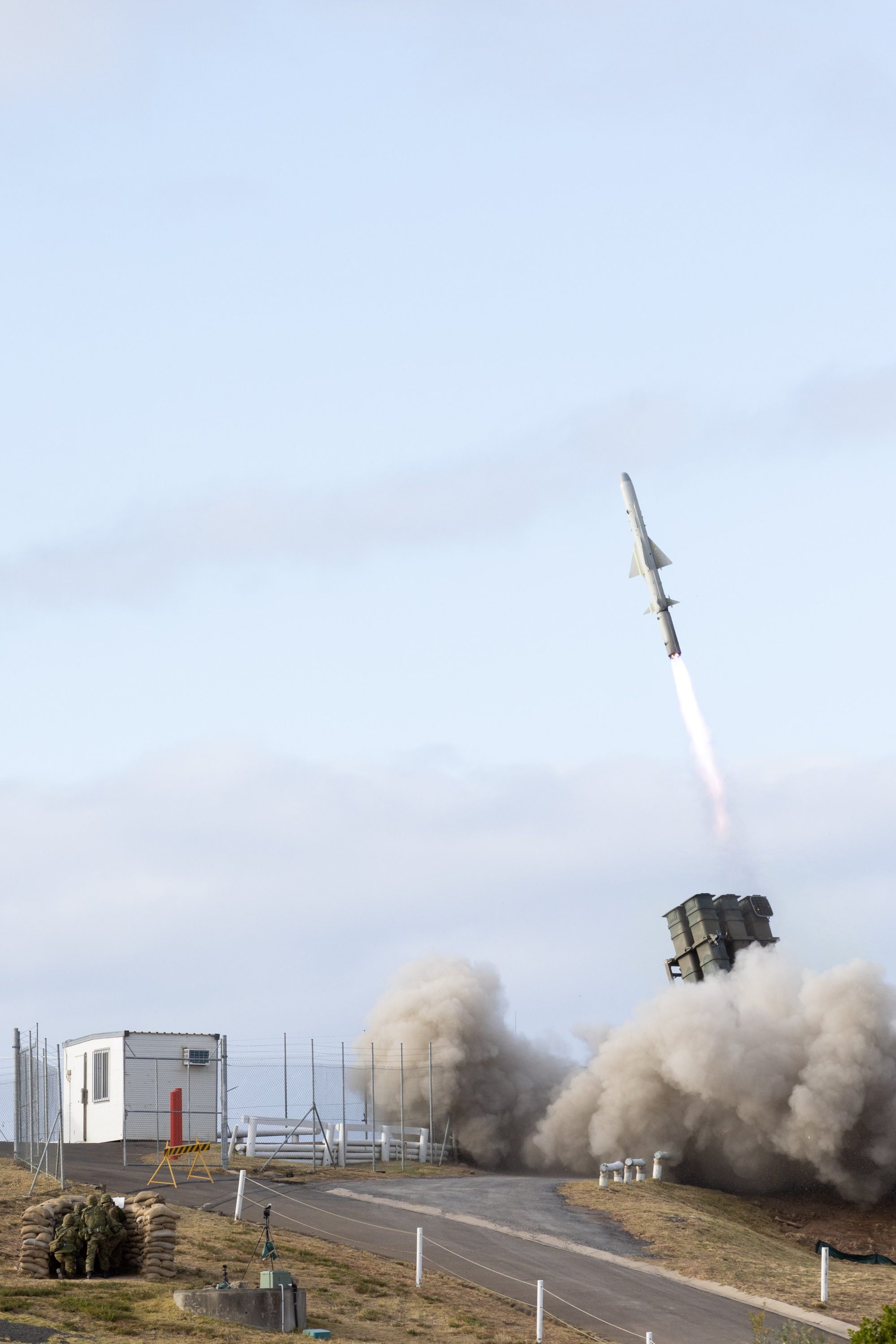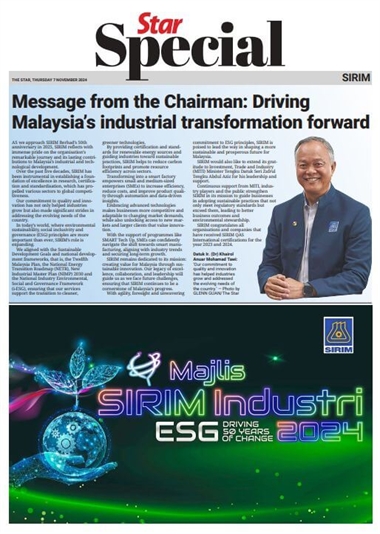
A Japanese missile deployment on Kyushu could annoy China and North Korea, but it would be unlikely to derail improvements in relations between Tokyo and Beijing, according to analysts.
Citing government sources, Japanese news agency Kyodo reported last week that Tokyo was mulling the deployment of long-range missiles – potentially an upgraded version of Japan’s Type-12 surface-to-ship guided missile – on its southwestern island of Kyushu near the East China Sea, which could target the shores of North Korea and mainland China.
The deployment, scheduled to begin next March, is designed to fortify Japan’s Nansei island chain, according to the report. The region is strategically crucial due to its proximity to Taiwan.
Do you have questions about the biggest topics and trends from around the world? Get the answers with SCMP Knowledge, our new platform of curated content with explainers, FAQs, analyses and infographics brought to you by our award-winning team.
There are concerns that such a deployment could undermine the recent detente between Beijing and Tokyo but diplomatic observers said that was unlikely, given Japan’s missile move was to fulfil its previous defence strategy and the overarching theme of improving bilateral relations.
Wang Guangtao, an associate professor at the Centre for Japanese Studies at Fudan University, said the timing of the announcement was “a probing attempt to test China’s thresholds regarding regional security issues”.
Japan’s new moves are part of efforts outlined in Tokyo’s three strategic documents in 2022 to improve counterstrike abilities, and while the timing of the announcement was indeed “delicate”, the measures were not necessarily surprising for China, according to Wang.
“The deployment plan could potentially elicit a response from China. However, the overall trend of improving relations between China and Japan is unlikely to be significantly altered by this development,” he added.
According to Yoichiro Sato, a professor of Asia-Pacific studies at Japan’s Ritsumeikan Asia-Pacific University, the range of Japan’s new missiles would cover North Korean missile bases as well as Chinese intermediate-range missile bases and related facilities along the coast, but could not reach the long-range nuclear missiles that China holds farther inland.

“Thus, Japan’s missiles are for limited counterstrike purposes only after North Korea or China uses their missiles for offensive strikes against Japan,” Sato said.
Timothy Heath, a senior international defence researcher at US-based think tank Rand Corporation, said the missiles would likely be deployed against Chinese naval vessels that came within their 1,000km (620-mile) range in the event of a military conflict.
Heath said the Type-12 surface-to-ship guided missile was a ground-launched anti-ship missile that used GPS navigation and sophisticated radar systems to lock onto targets.
Beijing’s growing military prowess has raised alarm in Tokyo, prompting Japan to improve its own military capabilities. From 2022, it has been ploughing 43 trillion yen (US$287.2 billion) into a five-year defence expansion plan, lifting defence expenditure to 2 per cent of its GDP, up from just over 1 per cent previously.
Chinese Foreign Minister Wang Yi was set to visit Tokyo later this week, where he is expected to meet his Japanese and Korean counterparts for collective talks and separate foreign minister’s meetings.
Foreign ministry spokeswoman Mao Ning said on Wednesday that Beijing hoped Tokyo would “take concrete steps” and “remove roadblocks” to improve bilateral ties.
Lian Degui, director of the Centre for Japanese Studies at Shanghai International Studies University, said the missile deployment was one of several obstacles between Beijing and Tokyo that make bilateral dialogue necessary.
“The coming meeting between Wang and [Japanese Foreign Minister Takeshi] Iwaya could be a good opportunity for Beijing and Tokyo to explain their perspectives and to find common ground,” Lian said.
In light of the diplomatic warming, China might choose to withhold severe criticism of the deployment and the issue would be “handled at most as a calm expression of concern”, Sato from Ritsumeikan Asia-Pacific University suggested.
Masashi Murano, a senior fellow at the Hudson Institute’s Japan Chair, said the issue might be raised during the Japan-China foreign ministers’ meeting, “but it is unlikely that the Japanese government will change its policy, and it should not”.
Murano said there was a limited connection between the improvement of diplomatic relations between the two nations and the activities of the People’s Liberation Army (PLA) and maritime law enforcement agencies in the East China Sea, and “this is still the case today”.
He said that in 2020, for example, China’s military remained active in the East China Sea as both nations were preparing for the Chinese president’s state visit to Japan.
In a major update to its national defence policy in 2022, Tokyo pledged to acquire counterstrike capabilities, which Murano said was a conventional counterforce, or denial capabilities, with a longer range than before.
Despite persistent tensions over territory and their wartime past, Japan and China have appeared to be patching over some of their differences in recent months, partially driven by US President Donald Trump’s opaqueness about US allies.
Trump previously expressed dissatisfaction with the state of US-Japanese relations, urging Tokyo to shoulder more of the financial burden for its own defence.
Heath said Beijing might see Tokyo’s missile deployment as boosting Japan’s self-defence capabilities, reflecting doubts about the reliability of US security guarantees.
Murano added that the existing balance of theatre strike capability heavily favoured China over Japan, which presented China with a window of opportunity to potentially secure a military advantage in the region by initiating an attack, thereby presenting a “risk factor”.
“Strengthening Japan’s missile capabilities would help to close this window and reinforce stability,” he said.
However, Lian from Shanghai International Studies University, said Japan’s attempts to strengthen its counterstrike capabilities were part of the outcome of coordination between Japan and its treaty ally, citing last year’s deal in which Japan would buy 400 Tomahawk cruise missiles from the United States.
“Japan still has a huge gap with China in terms of advanced military equipment ... The only solution should be through diplomatic engagement to eliminate mutual hostility rather than engaging in an arms race,” Lian said.
The Kyodo report also said the missiles would not be deployed in Okinawa prefecture – a part of the southwestern island chain that is closer to Taiwan than Kyushu – amid concerns that it could heighten tensions with Beijing.
But Wang, from Fudan University, suggested there might be other factors.
“Japan may find Kyushu to be a more advantageous option for missile deployment due to several factors, including technical and geographical considerations, as well as more efficient supply chain logistics within the country,” he said.
More from South China Morning Post:
- Japan to shore up security support for Pacific Islands in ‘significant’ policy shift as China looms
- Japan military to let hair down by allowing officers to wear different coiffures amid low recruitment
- As US pressures Japan to pay more for defence, will Trump’s demands ‘never end’?
- Don’t use China as a hedge against US, Beijing’s envoy warns Japan
For the latest news from the South China Morning Post download our mobile app. Copyright 2025.










































